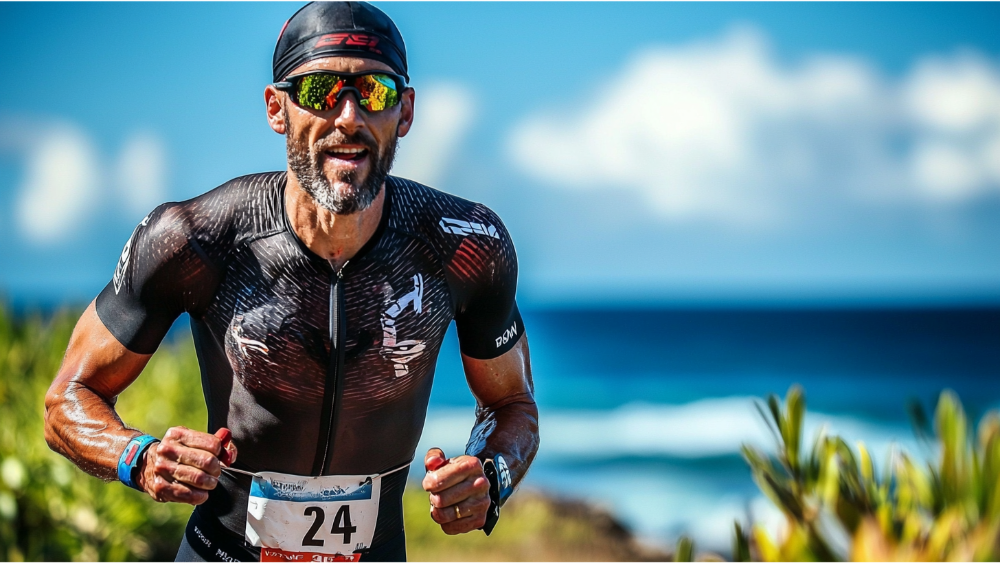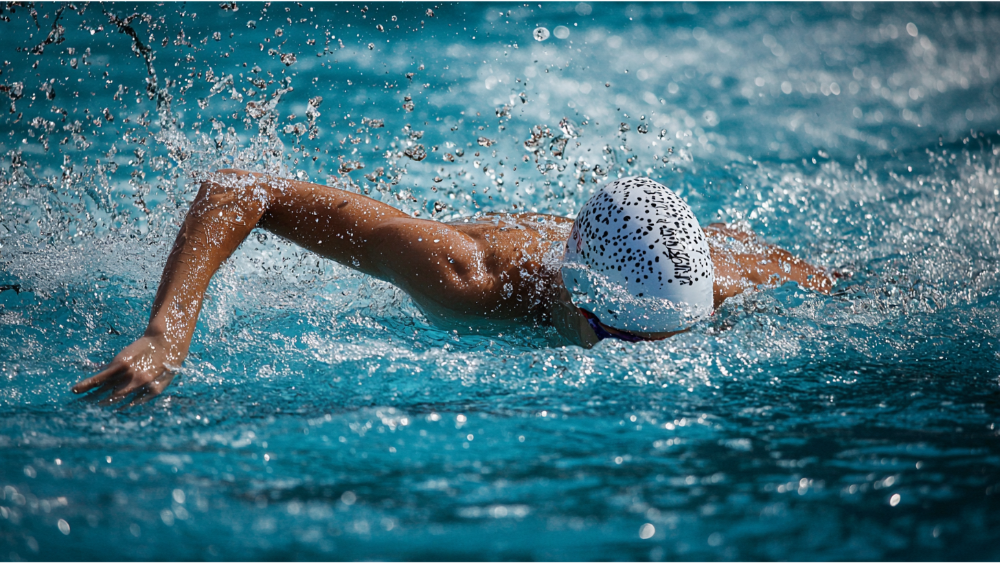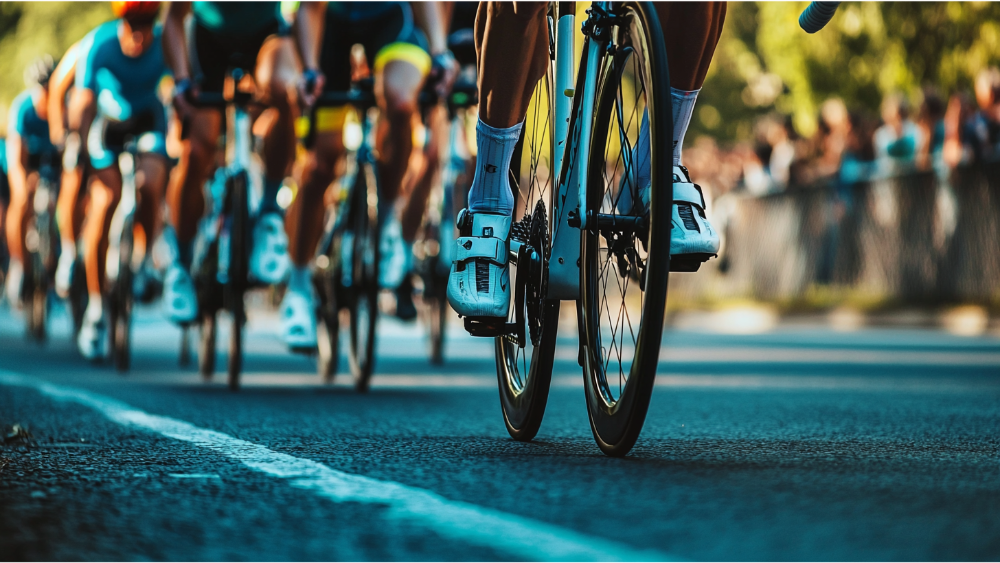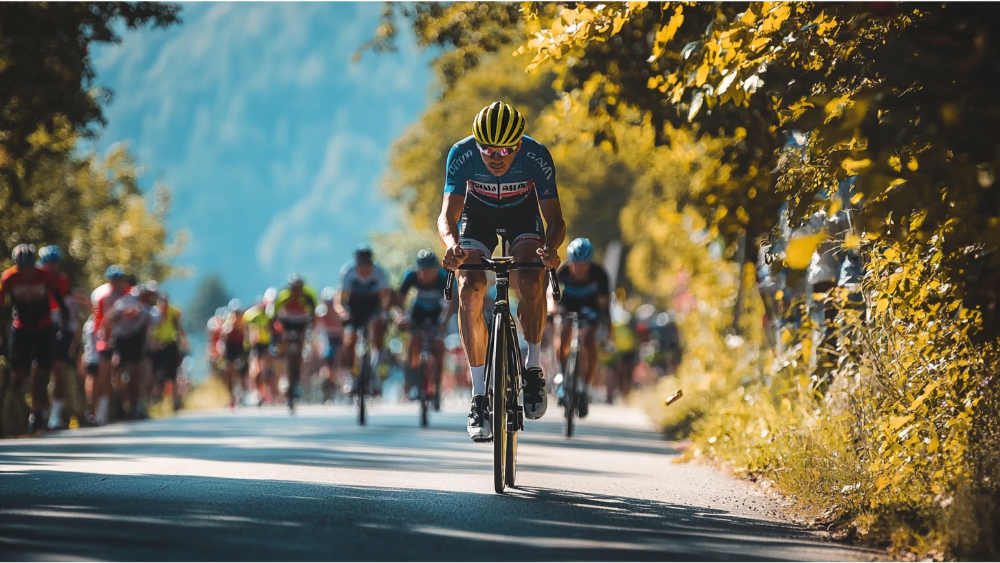When it comes to endurance sports, triathlons and Ironman’s are two of the toughest things an athlete can do. Both involve swimming, cycling, and running but the requirements and expectations are very different between the two. For those competing, knowing the difference between Ironman and triathlon events is key to choosing the right challenge and preparing properly. So here’s the difference between Ironman and Triathlon.
Triathlon and Ironman
What is a Triathlon?
A triathlon is a multi-sport event that combines swimming, cycling, and running in succession. It tests an athlete’s all-around ability and endurance across these three disciplines. Triathlons are categorized into different distances:
• Sprint Triathlon: The entry-level triathlon format, 750m swim, 20km bike, 5km run. Sprint triathlons are the focus of triathlon beginner tips as they are shorter and require less training.
• Olympic Triathlon: A tougher race, 1.5km swim, 40km bike, 10km run. This is a step up for athletes looking to build endurance.
• Half Ironman (70.3): Also known as Ironman 70.3, 1.2-mile swim, 56-mile bike, 13.1-mile run. This is a stepping stone to a full Ironman.
In addition to these standard distances, there are variations like winter triathlons which may involve cross-country, skiing, and off-road triathlons where mountain biking replaces road cycling.
What is an Ironman?

An Ironman is a specific type of triathlon branded by the World Triathlon Corporation (WTC). It’s the ultimate endurance sport, requiring extreme physical and mental toughness. A standard Ironman triathlon is a 2.4-mile swim, 112-mile bike, 26.2-mile run, and 140.6 miles. To use the “Ironman” name events must follow the strict rules of the WTC which adds to the prestige and global recognition.
Triathlon and Ironman Differences
Distance and Time
The biggest difference between a triathlon and an Ironman is the distance. Triathlons can be as short as a Sprint to as long as an Olympic, Half Ironman, and Full Ironman. Ironman is always 140.6 miles.
Average Finish Times:
• Sprint Triathlon: 1-2 hours
• Olympic Triathlon: 2-4 hours
• Half Ironman: 5-7 hours
• Full Ironman: 8-17 hours
The longer duration of an Ironman means you have to be physically and mentally tough for a much longer period. Ironman cut-off times are strict, you have to complete the swim in 2 hours 20 minutes, the bike in 10 hours 30 minutes from the start, and the marathon run in under 17 hours. If you don’t meet these cut-off times you will be disqualified.
Training
Ironman vs triathlon training requirements are much more demanding. A Sprint triathlon may require 8-12 weeks of training focused on building base endurance, and an Olympic distance may require 4-6 months of training. But training for a full Ironman requires a 6-12 month or more commitment.
Athletes training for an Ironman need to balance cardiovascular training, strength training, and mental preparation. Training involves long hours of swimming, cycling, running, and cross-training to improve flexibility and core strength. This intense preparation is why many triathlon experts say you need a tailored triathlon vs Ironman training program.
Recovery Time
Recovery time after a race varies greatly depending on the race. For a Sprint or Olympic triathlon, most athletes need a few days to a week of recovery. After a Half Ironman recovery may take 2 weeks to allow the body to recover from the long physical effort. After an Ironman recovery is usually 2-4 weeks depending on the athlete, race environment, and recovery strategies. Fitness level, race conditions, and race intensity play a big role in how long it takes for an athlete to fully recover.
Components and Structure of the Events
The Swim

The swim is the first segment of both triathlons and Ironman. It tests an athlete’s endurance and technique, especially in longer events. For a Sprint triathlon, the swim is 750 meters, for an Olympic triathlon 1.5 kilometers, and for Ironman 3.86 kilometers (2.4 miles).
Training and Tips:
• Build swimming endurance through regular practice.
• Train in open water to simulate race conditions, waves, currents, and other swimmers.
The Bike

The bike is the longest segment of both triathlons and Ironman. Sprint and Olympic triathlons have bike distances of 20-40 kilometers, Ironman is 180 kilometers (112 miles). Preparing for this segment involves not only physical endurance but also making sure the bike is in good condition and the right gear for the race distance.
Training and Tips:
• Get a high-quality road or triathlon bike designed for endurance and speed.
• Train on different terrain to build strength and flexibility.
The Run

The run is the last segment of all triathlon events. For Sprint triathlons the run is 5 kilometers, for an Olympic triathlon 10 kilometers and for Ironman a full marathon 42.2 kilometers (26.2 miles) which requires a high level of stamina and mental toughness.
Run Tips:
• Do interval training and long runs to improve speed and endurance.
• Do brick workouts to condition your muscles for the triathlon transition.
Transitions
The transitions T1 (swim to bike) and T2 (bike to run) are part of any triathlon or Ironman race. Managing these transitions well can shave off minutes from your overall race time.
Transition Tips:
• Practice transitions to make it second nature.
• Use gear that is quick to change, triathlon suits, quick-lace shoes, and race belts.
Community and Culture
Ironman Community
The Ironman community is exclusive and prestigious. Completing an Ironman is a big deal and makes you an elite endurance athlete. The Ironman World Championship in Kona, Hawaii is the ultimate test of human endurance, with the world’s best athletes and a culture of respect and friendship among finishers.
Triathlon Community
The triathlon community is bigger and more open. It includes athletes of all levels and abilities, from beginners doing their first Sprint triathlon to pros competing in triathlons worldwide. The focus is on personal growth, participation, and enjoying the journey not just the competition.
Costs and Expenses

Race Entry Fees
Triathlon and Ironman race entry fees are very different. Ironman races are more expensive, $600 to $1,000 or more. Local triathlons are $50 to $500 depending on the distance and prestige of the event.
Equipment and Gear
Both triathlons and Ironman require specific gear, wetsuits, bikes, and running shoes. The cost and quality of gear for an Ironman is higher due to the longer duration and tougher conditions of the race. For example, a high-performance bike and advanced nutrition supplies are necessary for those who will be racing an Ironman.
Mental and Physical Endurance
Physical Endurance Requirements
Both triathlons and Ironman require a high level of cardiovascular fitness and strength. But the longer distance and duration of an Ironman requires a more intense and comprehensive training program, not only endurance but also strength and conditioning to build resilience.
Mental Resilience
The mental part of an Ironman is just as tough. Athletes need to build mental resilience to stay focused and motivated during a 17-hour race. Visualization, goal setting, and positive self-talk are the strategies to build the mental toughness to finish an Ironman.
Nutrition and Hydration Strategies

Nutrition Before and During the Race
Nutrition is a crucial part of both triathlons and Ironman. Due to the longer duration and intensity of Ironman, athletes need a more detailed and structured nutrition plan. Eating the right mix of carbs, protein, and fats before, during, and after the race is key to maintaining energy and supporting muscle recovery.
Nutrition Tips:
• Pre-Race Nutrition: Focus on complex carbs like whole grains, fruits, and vegetables to top up glycogen stores. Moderate amounts of protein to support muscle maintenance.
• During the Race: For shorter triathlons, simple carbs like sports gels, bars, and drinks will do. For Ironman, athletes need to eat a mix of carbs and some protein to sustain energy over the many hours of racing. The recommended intake is 30-60 grams of carbs per hour.
• Post-Race Recovery: Replenish glycogen stores and aid muscle recovery with a mix of carbs and protein (3:1 ratio) and hydration to replace fluids and electrolytes lost during the race.
Hydration Techniques
Proper hydration is crucial in both triathlons and Ironman to prevent dehydration, muscle cramps, and fatigue. But the longer duration of an Ironman requires a more detailed hydration plan.
Hydration Tips:
• Before the Race: Hydrate well in advance. In the days leading up to the race, drink plenty of water and electrolyte-rich beverages to be well hydrated.
• During the Race: For shorter triathlons, athletes should aim to consume 400-800ml of fluids per hour depending on the conditions. For an Ironman a more tailored approach is necessary, balancing water with electrolyte drinks to prevent hyponatremia (low sodium levels).
• After the Race: Hydrate with water and electrolyte drinks to replenish fluids lost during the race. Check urine color and volume to determine hydration status.
Conclusion
While both triathlons and Ironman share the same three sports of swimming, cycling, and running, the differences between Ironman and triathlon are huge. The differences are in distance, training requirements, community, cost, and mental and physical endurance to finish them. Choosing between triathlon or Ironman depends on your goals, fitness level, and preference.
If you are new to endurance sports, it’s recommended to start with a Sprint or Olympic triathlon to build your foundation and understand the multi-sport experience. More experienced athletes may find the Half Ironman or Full Ironman more suitable for their goals, especially if they want a bigger test of endurance and toughness.
Whatever race you choose, thorough preparation, understanding of the requirements of each race, and commitment to training will ensure a successful and enjoyable experience in these exciting and demanding sports. Whether you’re looking to do your first triathlon or step up to the ultimate challenge of an Ironman, there’s a race format that will inspire and challenge you to be your best.
Now you know the Ironman triathlon differences. Choose wisely and decide if Ironman is for you or if you should start with a different triathlon distance. Either way, you’ll get immense rewards, and personal growth and be part of a cool and supportive endurance community.

Leave a Reply